MCP agents are AI systems that use the Model Context Protocol (MCP) to share information and work together more effectively. They’re emerging as a key solution for interoperability in multi-agent and multi-model environments. By learning about MCP agents, you’ll gain insight into how they simplify communication, boost efficiency, and unlock new possibilities in AI workflows.
Artificial intelligence is moving rapidly toward multi-agent ecosystems, where different models and tools need to “speak the same language.” Without shared standards, agents risk working in isolation. The Model Context Protocol solves this problem by providing a communication framework that makes interoperability possible. This guide explores MCP agents, how they work, the benefits of using them, and how you can get started.
What is the Model Context Protocol?
The Model Context Protocol is a standard that allows AI agents, tools, and large language models (LLMs) to communicate and share context consistently. In simple terms, MCP defines how information should be structured, exchanged, and understood between different systems.
Think of MCP as a universal translator. Instead of each AI tool requiring its own custom integration, MCP provides one standardized protocol that ensures messages and context flow smoothly. This means a workflow using multiple AI models — say, one for text analysis, another for image recognition, and a third for task management — can collaborate without confusion.
Protocols like MCP matter because multi-agent systems are becoming the new norm. Just as the internet relies on TCP/IP to maintain network interoperability, AI ecosystems require their own communication standards. MCP fills this gap, providing a reliable foundation for sharing context across AI applications.
How do MCP agents work?
MCP agents are individual AI entities (like LLMs, task bots, or specialized tools) that follow the Model Context Protocol to communicate. The key is that MCP defines not just what information is exchanged, but also how and why it should be understood.
Here’s how the process works in detail:
1. Standardized messages
When an MCP agent generates information, it doesn’t just return free-form text. Instead, it structures its output according to the MCP framework, with predefined fields, message types, and metadata. This standardization means other agents will always recognize the type of data they receive instantly, whether it’s a summary, a query, or an action request.
2. Context sharing
Unlike traditional application programming interfaces (APIs) that send only raw outputs, MCP emphasizes context. An MCP agent can include annotations such as “This summary was generated from dataset X, filtered by date range Y and confidence score Z.” That way, downstream agents receive not only the results but also how they were derived, which improves both reliability and trust.
3. Agent-to-agent collaboration
Because all MCP agents speak the same language, or protocol, they can hand tasks off to one another without requiring custom integrations. As an example, a research agent can pass structured findings to a visualization agent, which can then send insights to a reporting agent — all while preserving context.
4. Integration with LLMs
Large language models often act as orchestrators in MCP-based workflows. They interpret requests from humans, delegate subtasks to specialized MCP agents, and combine results into a cohesive output. This orchestration makes it possible to chain together multiple AI capabilities into a single, complex workflow.
A deeper example: Product development workflow
Imagine a product development team is using an MCP ecosystem:
- Feedback agent: Collects and analyzes thousands of customer comments
- Design agent: Converts feedback into structured feature requirements
- Scheduling agent: Creates a project road map with milestones
- LLM orchestrator: Ensures that insights flow correctly between the three agents
Instead of isolated outputs, each agent hands off data in a way that others can immediately use. No extra formatting or human translation is needed. The result? Faster iteration, fewer errors, and a clearer picture of priorities.
In high-stakes fields, consistency is critical:
- Healthcare diagnostics: A lab agent might interpret blood test results, while a knowledge agent cross-references medical literature to provide additional context. MCP ensures that context — such as patient history and test accuracy — is carried forward to avoid misdiagnosis.
- Legal research: One agent scans regulations, another analyzes case law, and a summarization agent prepares briefs. MCP ensures that legal context (jurisdiction, precedent relevance, etc.) is not lost.
- Customer support: An FAQ agent retrieves answers, an escalation agent flags unresolved cases, and a sentiment agent tracks user satisfaction. MCP ensures every step shares the same conversation history.
Building your first MCP agent: A step-by-step guide
Building an MCP agent may sound intimidating, but the process follows a clear set of steps. Here’s a simplified road map for developers:
Step 1: Define your agent’s purpose
Decide what your agent will do: text summarization, scheduling, data transformation, or another task. A focused scope makes interoperability easier.
Step 2: Implement the MCP framework
Use MCP libraries or documentation to ensure your agent structures its inputs and outputs according to protocol rules. This step makes sure your agent can “speak” the MCP language.
Step 3: Add context annotations
Don’t just return raw outputs. Annotate your results with metadata: what the data represents, how it was generated, and any constraints. This lets other MCP agents make sense of the data.
Step 4: Test interoperability
Integrate your agent with at least one other MCP agent. For instance, connect a text-analysis agent with a knowledge-base agent. Run trial workflows to ensure context is preserved correctly.
Step 5: Deploy in a workflow
Once tested, integrate your agent into a larger system, such as a research assistant suite, a marketing automation stack, or an enterprise knowledge pipeline.
Step 6: Monitor and iterate
Track how your agent interacts with others. Look for context loss, misinterpretations, or inefficiencies, and refine accordingly.
By following these six steps, developers can design agents that don’t just perform tasks but collaborate meaningfully within multi-agent systems.
Top 5 benefits of using MCP agents
The rise of MCP agents isn’t just about technical novelty — it’s also about solving real-world challenges in AI workflows. Here are five key benefits to using MCP agents.
1. Improved interoperability
Without a common protocol, integrating multiple AI tools can require custom coding or the use of middleware. MCP removes this friction by offering a standard. That means developers can easily plug new agents into existing ecosystems.
2. Reduced friction in multi-model collaboration
Imagine combining GPT-style LLMs with specialized domain models for finance, healthcare, or engineering. MCP ensures that each model can contribute its expertise without misalignment, reducing the overhead for necessary translations or reformatting.
3. Efficiency and consistency
With MCP agents, context is standardized to minimize duplication of effort. Outputs are predictable, which reduces errors and speeds up collaboration, helping teams scale their AI workflows with more confidence.
4. Scalability across industries
From enterprise automation to scientific research, MCP allows AI systems to scale. Organizations can add new agents or upgrade existing ones without reengineering their entire pipeline.
5. Foundation for innovation
Just as web protocols paved the way for the explosion of internet applications, MCP sets the stage for innovation in AI ecosystems. Developers can focus less on compatibility and more on creating value.
Benefits like these help explain why MCP agents are rapidly gaining traction among AI developers, enterprises, and research communities alike.
Jotform MCP server: Building smarter workflows
At Jotform, we know that interoperability is the key to making AI truly useful. That’s why our AI Agents are designed to integrate seamlessly into real workflows, collecting data, analyzing responses, and automating next steps across different platforms.
Now, imagine coupling Jotform AI Agents with the Model Context Protocol. MCP servers would allow these agents to “talk” with other AI systems, whether that’s a customer relationship management (CRM) platform, an analytics dashboard, or a custom domain-specific model. This kind of interoperability removes the silos that often slow down digital teams.
With this setup, you can ask an AI assistant to list your forms, create a new one, edit existing forms, generate submissions, or fetch responses — all without leaving your workflow. Instead of clicking through a series of dashboards, you can just say, “Show me submissions for Form 123 created this month,” and get an immediate answer.
Security and reliability are built-in with Jotform. Connections require OAuth approval, so you control access at all times, and usage follows the same limits as Jotform’s REST API. For teams handling sensitive information, HIPAA-friendly plans make sure protected data stays secure. Enterprise customers even have the option to explore self-hosted deployment for extra compliance.
The result is a practical example of MCP in action: Jotform data that communicates directly with AI systems, reducing silos and making agents more useful in real workflows. Whether you’re looking to automate reporting, streamline customer feedback, or experiment with multi-agent systems, Jotform provides a ready-to-use MCP integration that saves time and scales with your needs.
Why do MCP agents matter for the future of AI?
MCP agents are more than a technical protocol — they’re the foundation for the next phase of AI evolution. By standardizing how agents communicate and share context, MCP makes it possible to build multi-agent systems that are efficient, scalable, and reliable.
For developers, MCP agents simplify integration. For organizations, they unlock new opportunities to connect tools, automate processes, and innovate faster. And for the broader AI community, they represent a step toward ecosystems that are as open and flexible as the internet itself.
If you’re exploring how to make AI work smarter for your team, MCP agents deserve your attention. Start by experimenting with interoperable tools like Jotform AI Agents, and you’ll be better prepared for the collaborative, interconnected AI systems of tomorrow.
This article is for AI developers, technical content strategists, and innovation teams exploring agent interoperability and anyone who wants to understand how Model Context Protocol (MCP) agents enable seamless communication and context-sharing between AI systems.
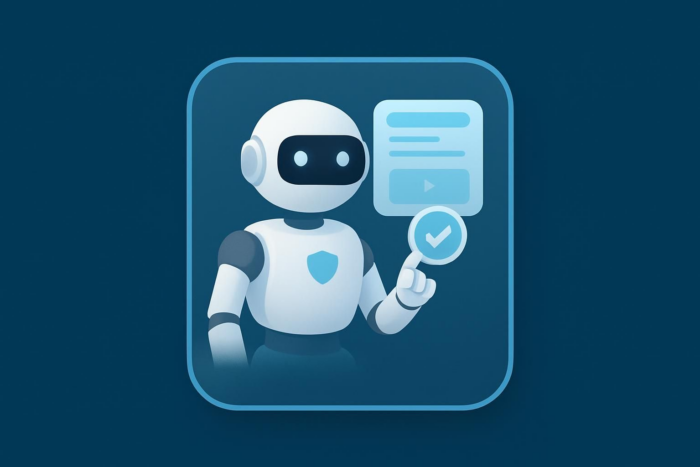

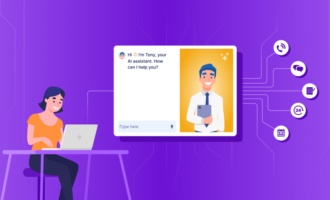



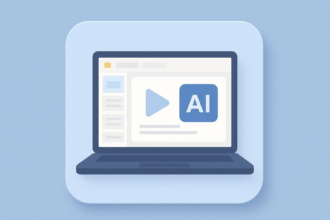

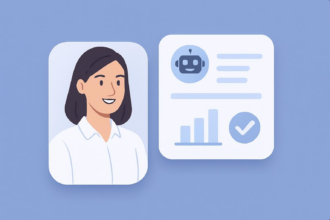
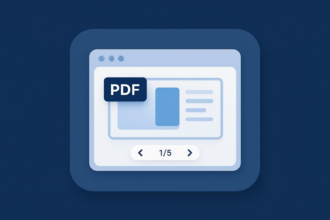


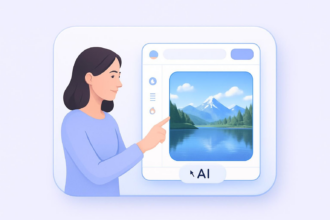

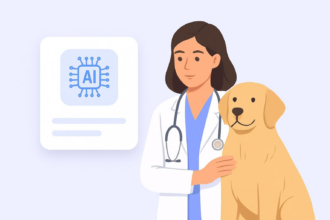





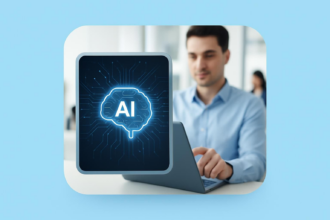

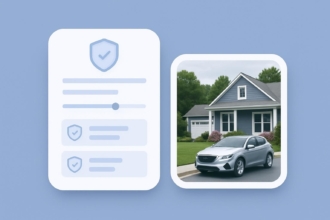


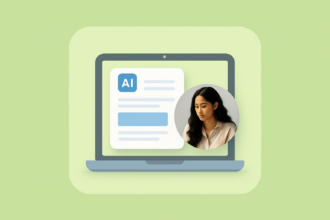
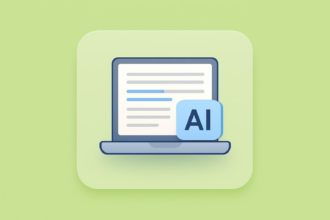
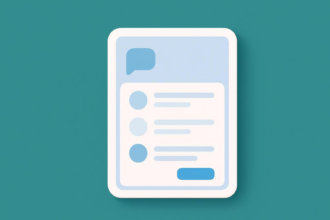
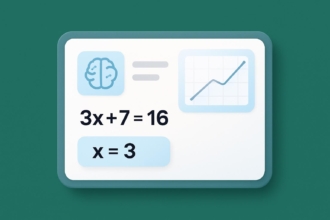


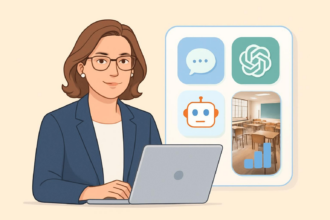


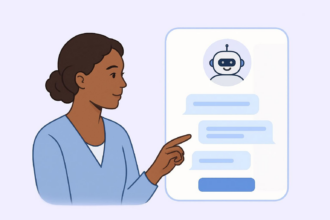
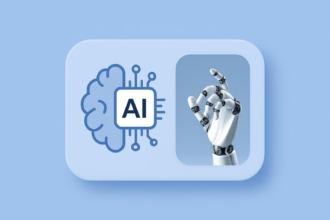

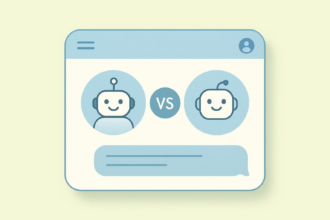

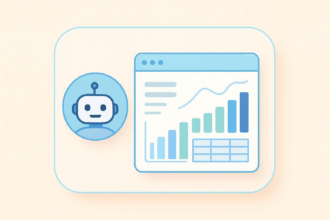




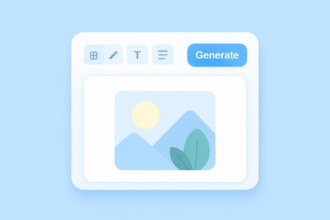
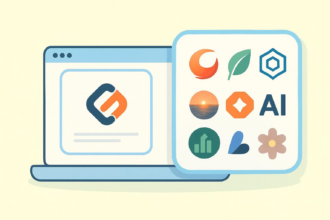



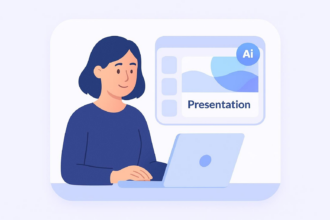
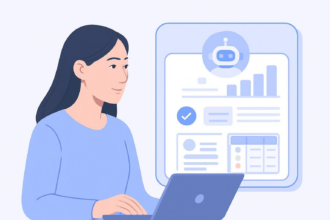





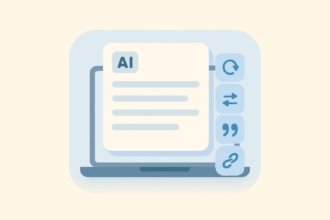





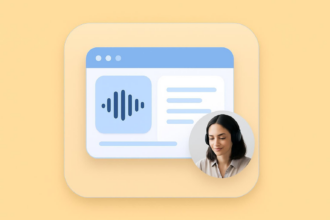







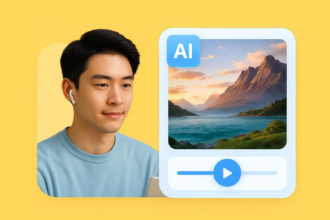
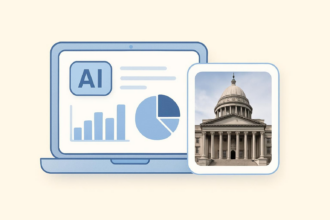



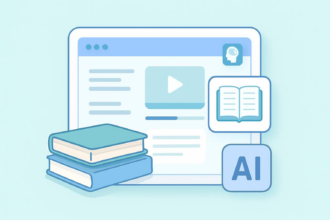
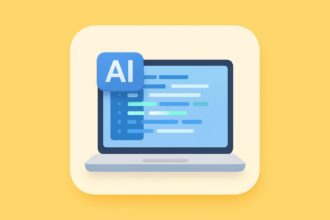
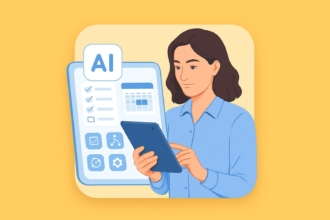



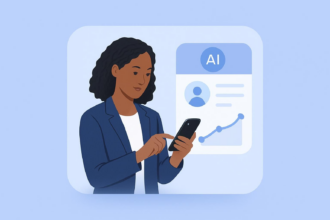

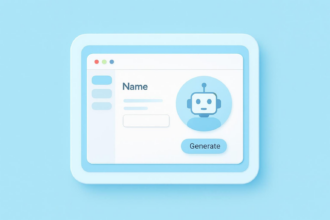


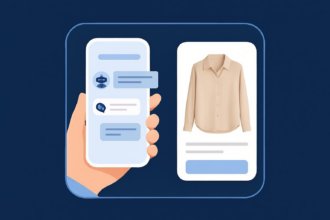
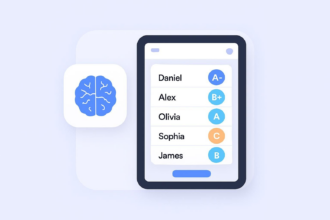
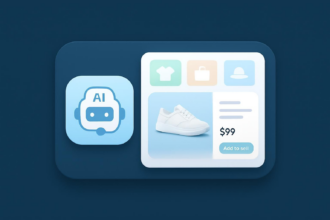




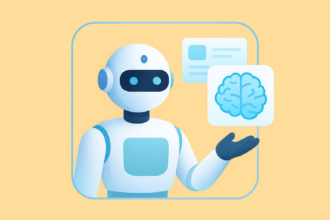
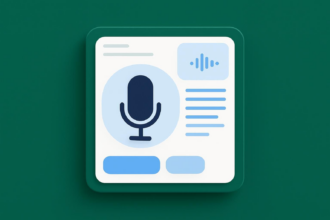

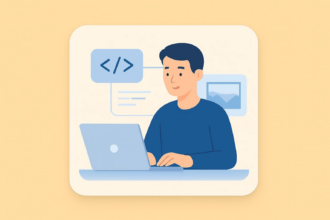




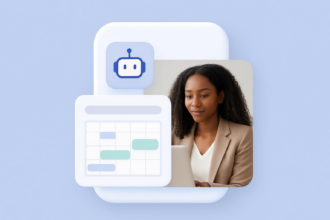
Send Comment: